How Poverty Breeds Chronic Disease: An Islamic Perspective on Health Inequality
Sustainable Development Goals (SDGs), adopted by United Nations, consist of 17 targets aiming to develop global partnerships to end poverty, improve health and education, reduce inequality and combat climate change (United Nations, 2015). Among these targets, SDG 3 focuses on promoting good health and wellbeing with target 3.4 specifically aiming to reduce premature deaths by one-third caused by non-communicable diseases (NCDs) by 2030 (United Nations, 2023).
Good health and well-being are fundamental human rights and are enshrined among the five essential objectives (Maqasid al-Shariah) of Islamic law, emphasizing their preservation as both a religious obligation and a moral imperative. From an Islamic perspective, safeguarding health aligns with the higher goals of protecting life (hifz al-nafs) and human dignity, while the United Nations Sustainable Development Goals (SDGs)—particularly SDG 3—reinforce this principle as a global priority. Given their dual significance in faith-based and secular frameworks, collective efforts from individuals, communities, and policymakers are indispensable to ensure their realization for all.
Poverty contributes to deaths from NCDs
According to the World Health Organization (WHO), non-communicable diseases, commonly referred to as chronic diseases, account for 74% of deaths worldwide each year. The main types of NCDs include cardiovascular diseases, respiratory diseases, type 2 diabetes and even cancer. While NCDs do not discriminate between age, regions and countries, the majority of NCD related deaths occur in low- and middle-income countries. There seems to be an undeniable correlation between the health consequences of NCDs to the socioeconomic status of individuals (World Health Organization, 2023).
In Islam, health is both a divine blessing (niʿmah) and a sacred trust (amanah) from Allah (SWT), necessitating its preservation as an act of worship. The Prophet Muhammad (peace be upon him) underscored this in Sahīh al-Bukhārī (6412): "There are two blessings most people squander: health and free time." This profound reminder positions health as a fleeting privilege demanding gratitude and proactive stewardship. Further, Islam’s holistic approach to well-being mandates seeking cure as a religious duty, as evidenced by another authentic ḥadīth (Sahīh al-Bukhārī 5678): "Use medical treatment, for Allah has sent down no disease without sending its cure—except aging." Together, these texts establish a dual Islamic obligation: preventive care to honor Allah’s blessing and active treatment to fulfill the trust of bodily preservation (ḥifẓ al-nafs), aligning seamlessly with modern global health paradigms like SDG 3 (Good Health and Well-being).
Why are unprivileged people the victims of chronic diseases?
The socioeconomic status of individuals plays a crucial role in determining the risk of developing these diseases. Vulnerable and underprivileged people are far more likely to die faster than the affluent people. This is because NCDs is not only due to genetics or individual lifestyle, but they also reflect the inequalities in societies too. One of the important factors is the disparity in healthcare access. In many low- and middle-income countries, hospitals and clinics lack resources and funds. Therefore, diagnosis and treatment may be delayed, leading to worse outcomes. Meanwhile, affluent countries have a trend of routine check-ups, hence early detection and intervention are possible (Ndubuisi, 2021). There are also other reasons such as higher exposure to tobacco and excessive alcohol intake. People with low socioeconomic status have unhealthy dietary practices such as low consumption of fruits, vegetables and fibre that further widens the gap (Marmot and Bell, 2019).
The socioeconomic disparities in non-communicable diseases (NCDs) starkly contrast with Islam’s emphasis on justice (ʿadl) and collective responsibility (fard kifāyah). While vulnerable populations face higher mortality due to structural inequities—limited healthcare access, unhealthy environments, and food insecurity—the Qur’anic imperative (Surah Al-Ma’un 107:1-7) condemns neglecting the basic needs of the poor. Prophet Muhammad (PBUH) exemplified societal health equity through policies like waqf (endowments) for public hospitals and mandated zakat to alleviate poverty-linked diseases. Today, these teachings demand systemic reforms: equitable healthcare financing, stricter regulation of harmful commodities (e.g., tobacco), and subsidized nutritious food programs. Bridging this gap is not merely a policy goal but a test of faith—upholding the maqasid of preserving life (hifz al-nafs) and wealth (hifz al-mal) for all, regardless of socioeconomic status.
Cost of Poverty
The exorbitant costs of treatment of NCDs place a burden on families who are already struggling to meet their basic needs. Despite managing to get access to healthcare, they would be forced to make a choice between healthcare expenses and living costs. There is a continuous loop of scarcity and poor health as diseases prevent people from working and further leads to impoverishment. NCDs force around 100 million people into poverty every year, according to WHO (World Health Organization, 2023). Education is another key factor that determines the outcome of a disease. People from lower socioeconomic status often have limited educational opportunities, hence lower health literacy, which makes it harder to comprehend and manage these chronic conditions effectively. There can also be misconceptions about the diseases which can cause inferior results (Ndubuisi, 2021).
The devastating financial strain of non-communicable diseases (NCDs) on vulnerable families starkly contradicts Islam's teachings on mercy (rahmah), justice (ʿadl), and social responsibility (takāful). When impoverished patients must choose between life-saving treatment and basic survival, it reflects a systemic failure to uphold the Prophetic mandate: "The believers, in their mutual kindness and compassion, are like one body—if one part suffers, the whole body responds with sleeplessness and fever" (Sahih al-Bukhari 6011).
Conclusion
The holy Qur’an stresses on protecting the rights of the poor and needy people, such as “And in their wealth is a recognized right. For the needy and deprived" (Qur'an, 70:24-25). To alleviate the economic hardship of the people, Zakat is an obligatory form of charity, and it is one of the five pillars of Islam (Ade et al., 2024). Zakat and sadaqah are means to reduce the health inequalities that arise from NCDs.
To fulfil SDG target 3.4 of reducing the mortality from NCDs by 2030, urgent and targeted actions are required. Development budgets need to be directed to poverty-stricken areas to support infrastructure and healthcare development. There needs to be policy changes in areas like urban planning so communities can have safe spaces for physical activity. Public health and education also need to be targeted to combat the rising trend of unhealthy diets, sedentary lifestyle, usage of tobacco and excessive alcohol consumption (Marmot and Bell, 2019). With just six years remaining till 2030, the important question is whether we will achieve Sustainable Development Goals, or will we fall short of these worldwide targets? Addressing NCDs requires multifaceted approaches and can be kept in control by changing lifestyle. Physical exercises and consuming a healthy diet will reduce the number of cases to help achieve the SDG goals (Ndubuisi, 2021).
About the author
Maryam Ilahi is a final-year Biomedical Science student at Universiti Tunku Abdul Rahman (UTAR), Malaysia. She is currently pursuing her internship at a pharmaceutical company. With a strong interest in scientific research, Maryam is enthusiastic about bridging science, society, and Islam. Her areas of expertise focus on lifestyle and health, promoting awareness of diseases and healthcare practices.
References
Ade, R., Abbas Gbla, Mudashiru Salawe, Zaid, M. and Zhang, H. (2024). ZAKAT AND POVERTY ALLEVIATION IN MALAYSIA-A SYSTEMATIC REVIEW AND BIBLIOMETRIC ANALYSIS. International Journal of Islamic Economics and Finance Research, 7(2 December), pp.31–54. doi:https://doi.org/10.53840/ijiefer167.
Marmot, M. and Bell, R. (2019). Social determinants and non-communicable diseases: time for integrated action. BMJ (Clinical research ed.), [online] 364(364), p.l251. doi:https://doi.org/10.1136/bmj.l251.
Ndubuisi, N.E. (2021). Noncommunicable Diseases Prevention In Low- and Middle-Income Countries: An Overview of Health in All Policies (HiAP). INQUIRY: The Journal of Health Care Organization, Provision, and Financing, 58, p.004695802092788. doi:https://doi.org/10.1177/0046958020927885.
United Nations (2015). Transforming Our World: the 2030 Agenda for Sustainable Development. [online] United Nations. Available at: https://sdgs.un.org/2030agenda.
United Nations (2023). Goal 3: Ensure Healthy Lives and Promote well-being for All at All Ages. [online] United Nations. Available at: https://sdgs.un.org/goals/goal3.
World Health Organization (2023). Noncommunicable Diseases. [online] World Health Organisation. Available at: https://www.who.int/news-room/fact-sheets/detail/noncommunicable-diseases.
The Hadith, (pp. Sahih al-Bukhari 6412 https://sunnah.com/bukhari:6412
Sunan Abi Dawud 3855 https://sunnah.com/abudawud:3855
Disclaimer
The views expressed in this article are the author’s own and do not necessarily mirror Islamonweb’s editorial stance.

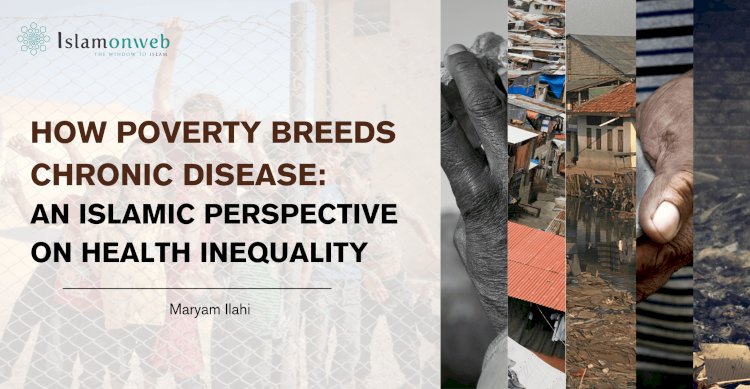



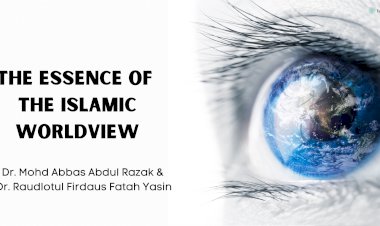

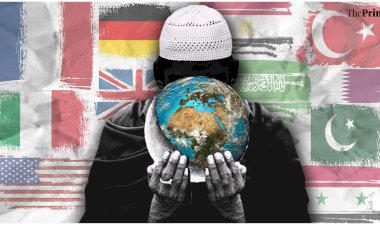

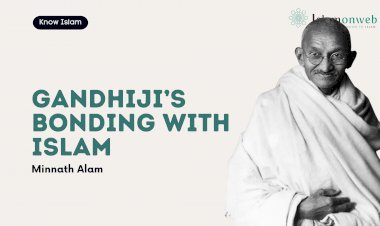












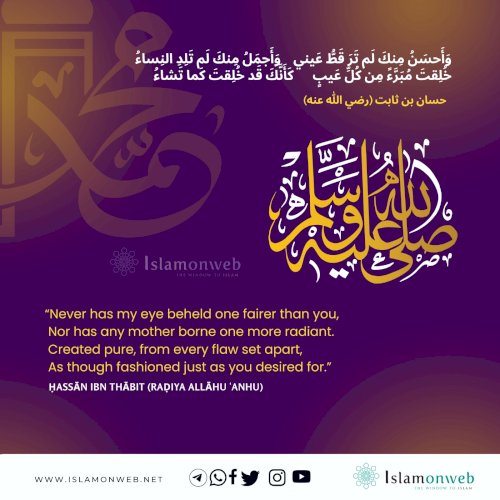
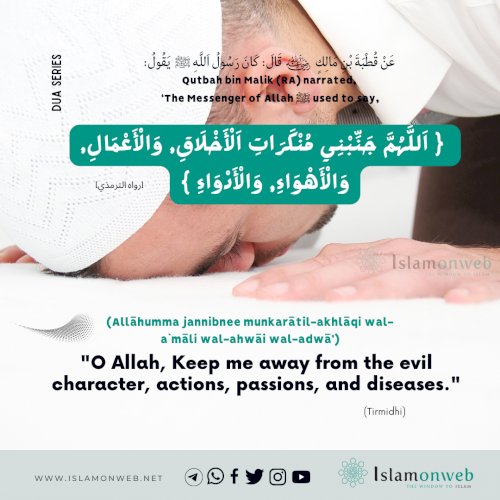
Leave A Comment